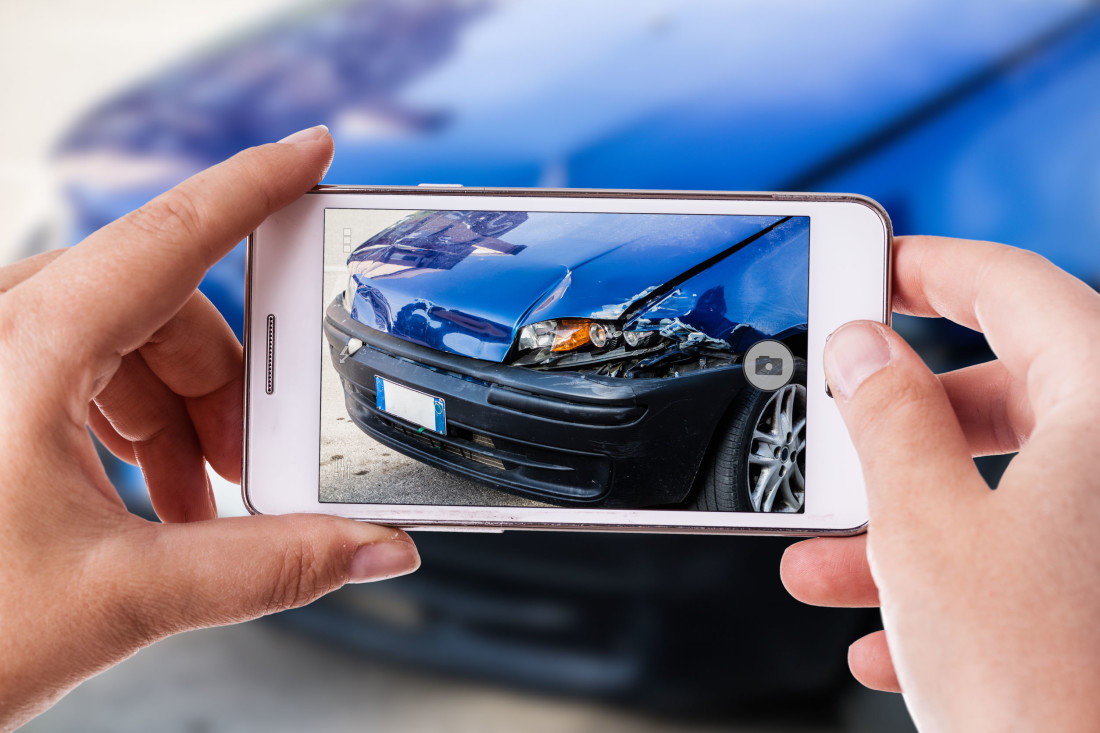A “Peachy” Photo May be Worth a Thousand Words – Illinois Adopts a New Standard for Post-Accident Vehicular Photographs
Overview
The Illinois Supreme Court “clarified” the standard for the admissibility of post-accident photographs of the  vehicles involved in motor vehicle collision bodily injury cases by declining to adopt a bright line standard governing admissibility. In Peach v. McGovern, the Court held that it is within the discretion of the trial court to determine whether: post-accident vehicular photographs have a tendency to make a fact of consequence “more or less probable”; and whether the jury can properly relate the vehicular damage depicted to the injury alleged by the plaintiff absent expert testimony. This changes long standing accepted practice in Illinois, making it easier to argue that photos are worth a thousand words.
vehicles involved in motor vehicle collision bodily injury cases by declining to adopt a bright line standard governing admissibility. In Peach v. McGovern, the Court held that it is within the discretion of the trial court to determine whether: post-accident vehicular photographs have a tendency to make a fact of consequence “more or less probable”; and whether the jury can properly relate the vehicular damage depicted to the injury alleged by the plaintiff absent expert testimony. This changes long standing accepted practice in Illinois, making it easier to argue that photos are worth a thousand words.
To appreciate the new admissibility standard, the facts of the underlying incident prove enlightening. At trial, the plaintiff presented evidence that he was “plowed into” while stopped at a stop sign by a vehicle traveling at approximately 25 to 30 miles per hour. The defendant testified she had come to a full stop behind him prior to impact, let her foot off the brake, and “tapped” the rear of the plaintiff’s truck.
Post-accident vehicular photographs showed minor damage to both vehicles. Both parties testified that the photographs were accurate representations of their vehicles following the occurrence. The photographs were admitted into evidence, over objections of the plaintiff’s counsel, and the jury returned a verdict in the defendant’s favor.
The Illinois Supreme Court found that if the jury is presented with relevant testimony regarding vehicle speed and force of impact, that jury should also be permitted to consider post-accident photographs depicting vehicular damage, or a lack thereof. When considered with the other evidence presented at trial, if post-accident photographs of damage to the vehicles could reasonably show that a fact is slightly more probable than it would appear without the evidence, the photographs are relevant and should be admitted. While expert testimony may be necessary to address the weight given to post-accident vehicular photographs, it is not a necessary prerequisite to admissibility.
This decision will benefit individuals and companies that engage in detailed post-accident investigation. Pragmatically speaking, post-occurrence vehicular photographs have become even more important, especially when there is little or no visible post-accident damage to the vehicles. Should a plaintiff subsequently allege severe injury due to a high-force impact between the vehicles, post-accident photographs can be admitted at trial to undermine the credibility of the complaining witness without the (thousands of words associated with) assistance of a biomechanical or reconstruction expert.
However, defendants must be cognizant of the new standard as they retain expert witnesses for trial. Absent force of impact testimony from the plaintiff, expert testimony may be required to relate the vehicle damage depicted in post-accident photographs to the probability that the accident caused the plaintiff’s alleged injuries.